When we were preparing our itinerary, Adam’s Peak was very welcome, in particular knowing that we would have the opportunity to witness a magnificent sunrise. And then we also learned that it meant a lot to many cultures. Indeed, the idea of joining a stream of pilgrims of all religions for a nighttime ascent seemed interesting to us, although we have no particular beliefs. Moreover, as we liked to walk in our Swiss mountains, it seemed within our reach… However, indeed, we did not expect what we discovered in terms of effort.
This summit is revered by Buddhists, Hindus, Muslims and Christians, at the crossroads of religions, since the giant footprint at the summit is variously claimed to be either that of Buddha, Shiva, Adam or St. Thomas. Several legends mention this trace. It is said to be one of the oldest and most sacred footprints ever made (this footprint was even cited in the writings of Marco Polo)!

Adam’s Peak in English is the most important peak on the island of Sri Lanka, but by no means the highest, an honour that goes to Mount Pidurutalagala, also located in the part of the country known as the “Central Highlands”. At 2,243 metres, the peak is located 7 kilometres from the village of Dalhousie, commonly known as Nallathanniya. The ascent consists simply (what we thought at the beginning!) of climbing steps, more than 5’500 (yes, this is where it gets complicated) to reach the summit. To give you an idea, the Eiffel Tower has 1665 steps, and the Empire State Building has 1860. As a result, in just a few hours, we climbed up and down the famous New York landmark almost three times.
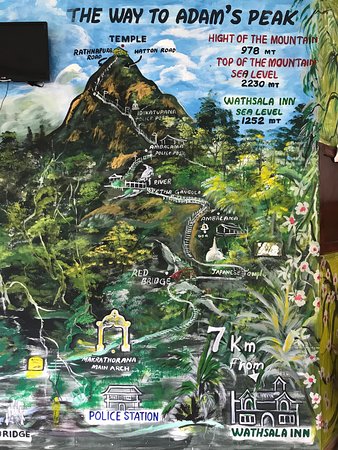
Adam’s Peak, stairway to heaven?
1:45 a.m., the alarm clock rings! After a short night, we are ready to climb Adam’s Peak. We slip away from our hotel and already join some travellers, who like us, do not expect the effort they will make.

A light Sinhala/Indian music resounds the closer we get to the official starting point. However, it is the stalls along the way that call out to me the most; the locals yawn and offer their junk, various presents or objects to buy: stuffed animals from another age and of all colours, chocolate, watches, etc. We also find a handcrafted shop where masseurs offer us their services when we return.
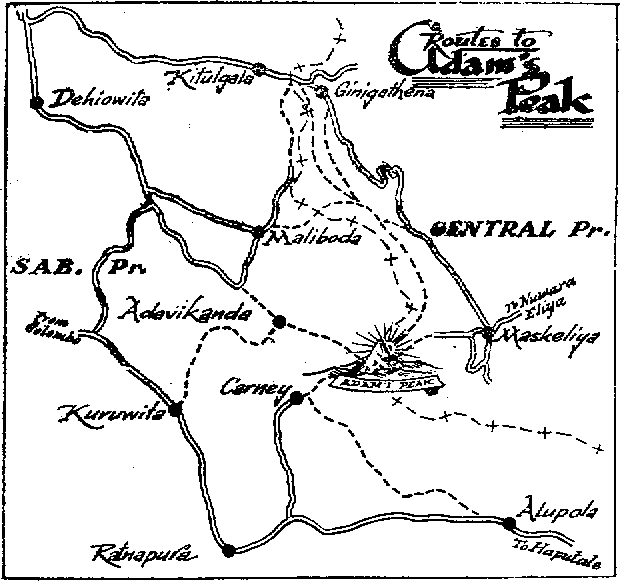
We then arrive at the temple, which acts as a real gateway to the ascent. A Buddhist monk gently hooks a white thread on our wrist as a sign of peace and also makes us understand that a small donation is welcome. 1000 rupee less each and our name and country of origin noted in the welcome book, we truly start, with a light step, the ascent of the first steps.
We progress towards the top by meeting people of all nationalities and in particular many Sri Lankans, who have come especially from all corners of the country to make the pilgrimage. A little astonished to see them climbing these 5’500 steps in flip-flops or sandals, we feel terribly foreign, out of step, mainly with the perception of being either perfectly equipped or quite naturally equipped in a coherent way to face the ordeal.
We lose all notion of time and distance. Steps get steeper and higher, and our thighs become inflamed. Patchworked madams (the name given to the stalls in this part of the world), between a few rows of stairs, offer sodas in artificial colours, bottles of water, food and above all hot tea, the national drink. The summit still seems far away, we guess the lights of it while having the impression that it is escaping instead of getting closer. What a special and quite subjugating atmosphere of aberrations (seriously, children running around in flip-flops at 2am, stalls offering anything and everything from all sides, breathless hikers, hypnotising music in the background, etc.) but which pushes us to keep going. More than the desire to watch the sunrise, we condition ourselves to the effort and especially to this challenge of reaching the summit!
Each one going at her own pace, I leave my friend behind by conditioning my head to climb these steps and above all to forget the pain that manifests itself a little bit everywhere in my body. The altitude begins to make itself felt, the air cools down, and finally, a slight fear invades me.
Will we reach the summit by sunrise? Will we have enough space to watch it, seeing the crowd of people at the final stage before the summit?
Questions that I ask myself mostly when I look up, and I see this pretty group of steps (but the last one!!) that we still have to climb! Waiting for my friend, we climb the steps together, at a steep slope! Arrived at the top, we quickly understand that the sunrise can be admired from where we come from. Indeed, about fifteen concrete steps welcome us to sit down to contemplate the coming show. We don’t go on further to discover the temple, as our aim is not religious. We easily prefer to make sure we have a seat, behind some friendly people from Lausanne (the world is small, isn’t it?), in the front row.
I still venture up a few steps, intrigued, to come across a ton of shoes (obviously you have to take off your shoes at the entrance of a Buddhist temple) and, in the background, all the Sri Lankan owners who go with them, clumped and wrapped up under big blankets after having surely gone to greet the sacred footprints. Impossible to go any further, I go back to wait, as the dawn is gently coming. It is then about 5:30 am!


The sun begins to rise, overlooking a sea of mist that unfortunately will not make the illumination of the sky as spectacular as imagined. Yet time stops to simply give a feeling of universality, of sporting and personal achievement and of sharing with these many strangers, each here with a different purpose, whatever the approach, whatever the faith, and yet all gathered together at the same time.
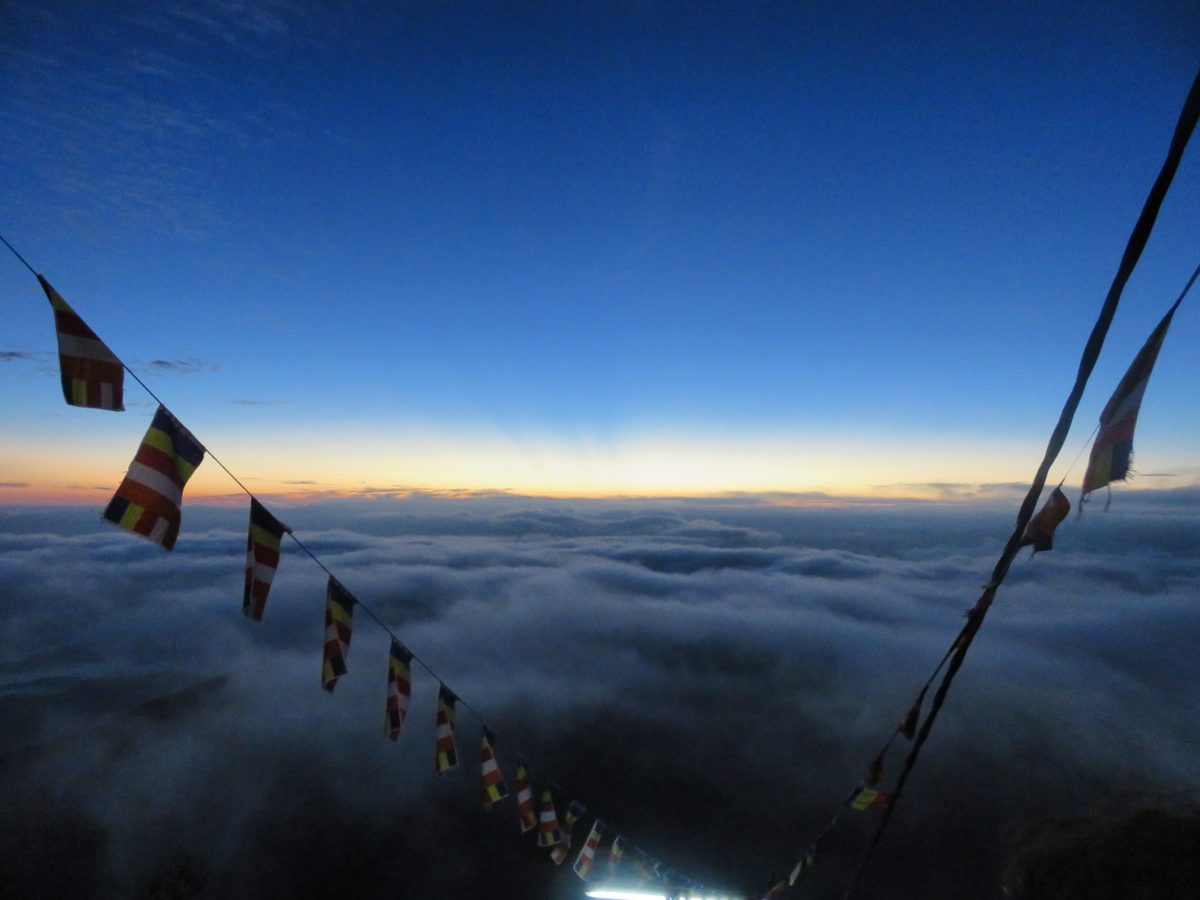
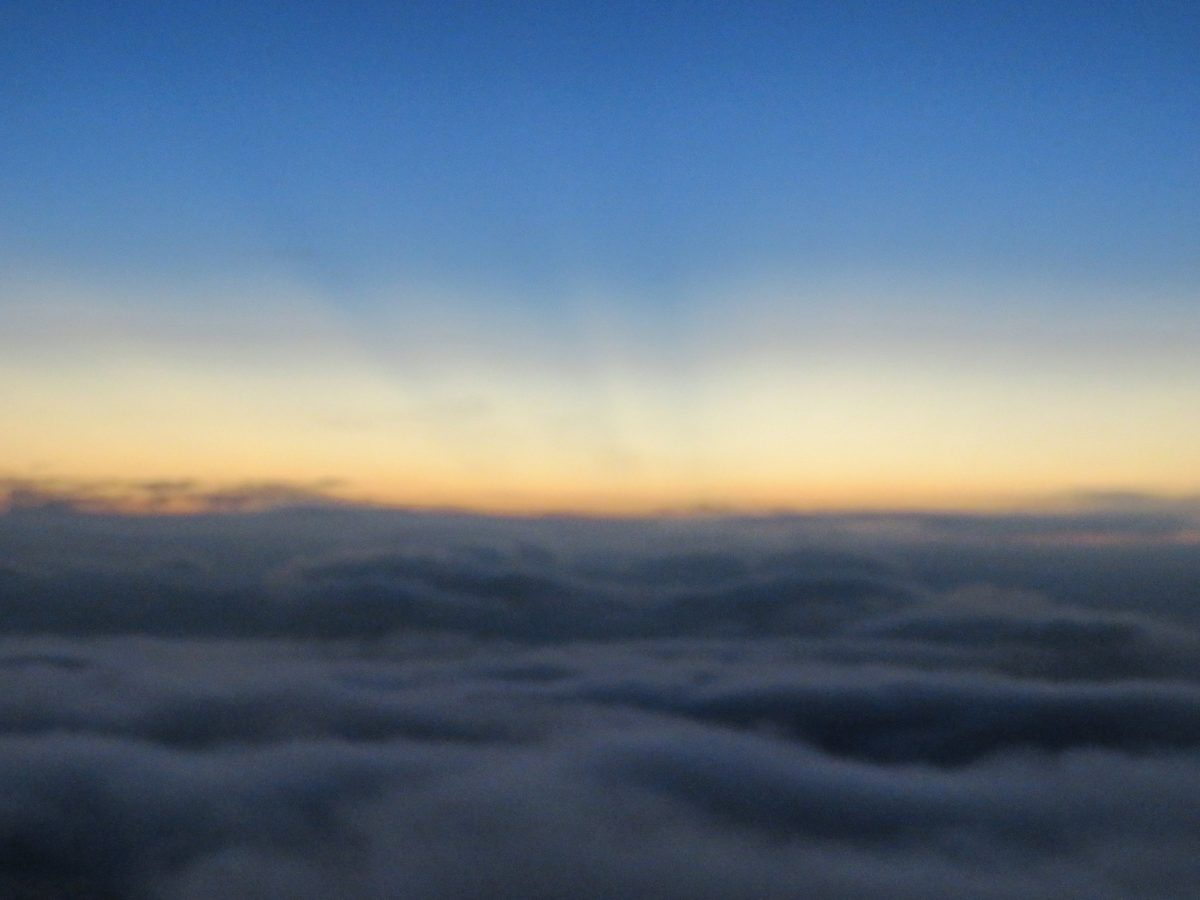

In the sky, the colour palette varies from an ocean blue to a deep orange, lazily stretching out over the horizon, the mist preventing the diffusion of colours. Then, the day is just around the corner, but it is still cold at the top. Feeling a boost, we decide to come back down thinking, naturally, that we have done the hardest part of the ascent.
And no! These ugly steps are even more strenuous to go down, and our knees ache. Once again, I am amazed at the younger population of the country who descend at a fast pace, always in flip-flops… To think that they are the same age as us is discouraging!

However, going at a lighter pace, this is where we can finally see the landscape ahead of us! Forgotten the little mental pains of the road still to be travelled, what we discover is absolutely magical.
After the sunrise, the surrounding hills remain bright green, a true natural paradise between heaven and earth. Below, the Maskeliya reservoir also lights up with the first glimmer of daylight. Butterflies twirl here and there, the vegetation awakens.

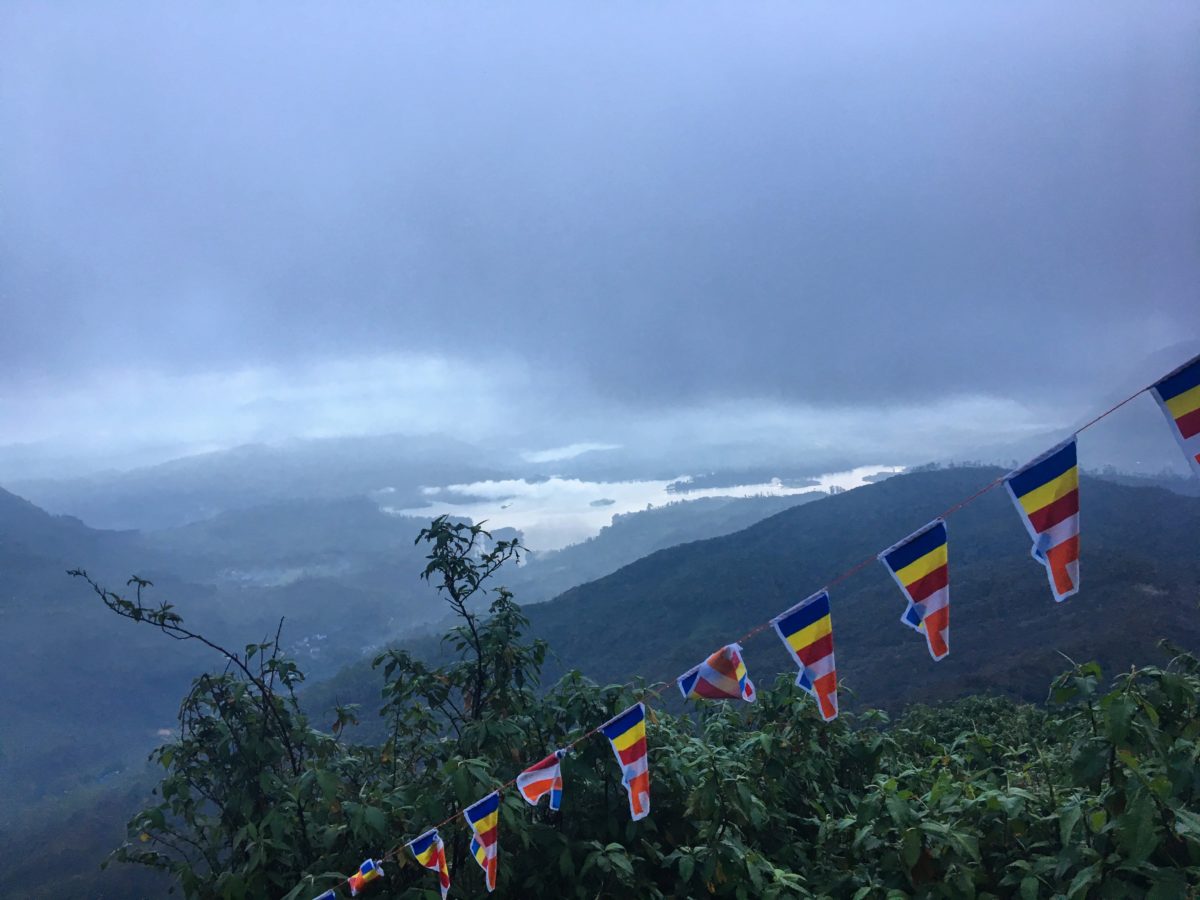

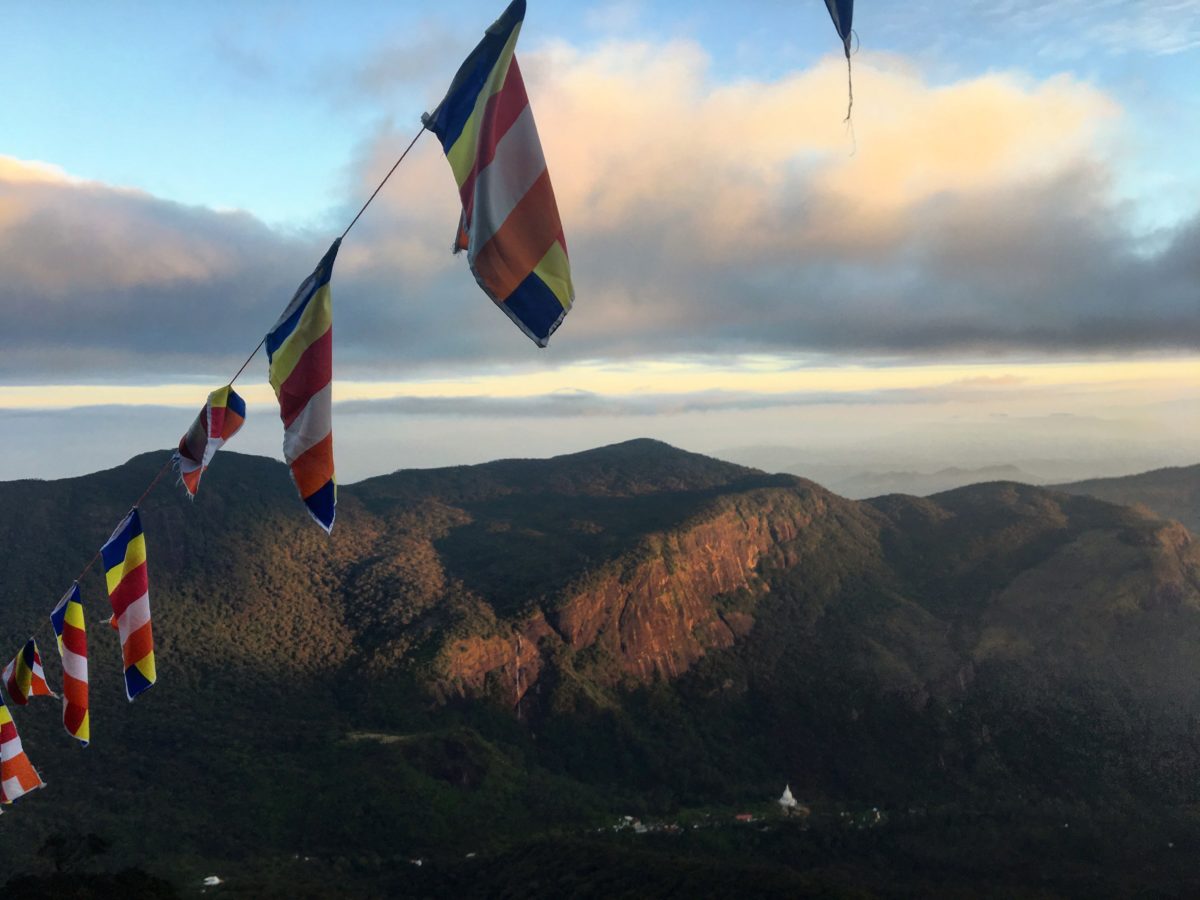
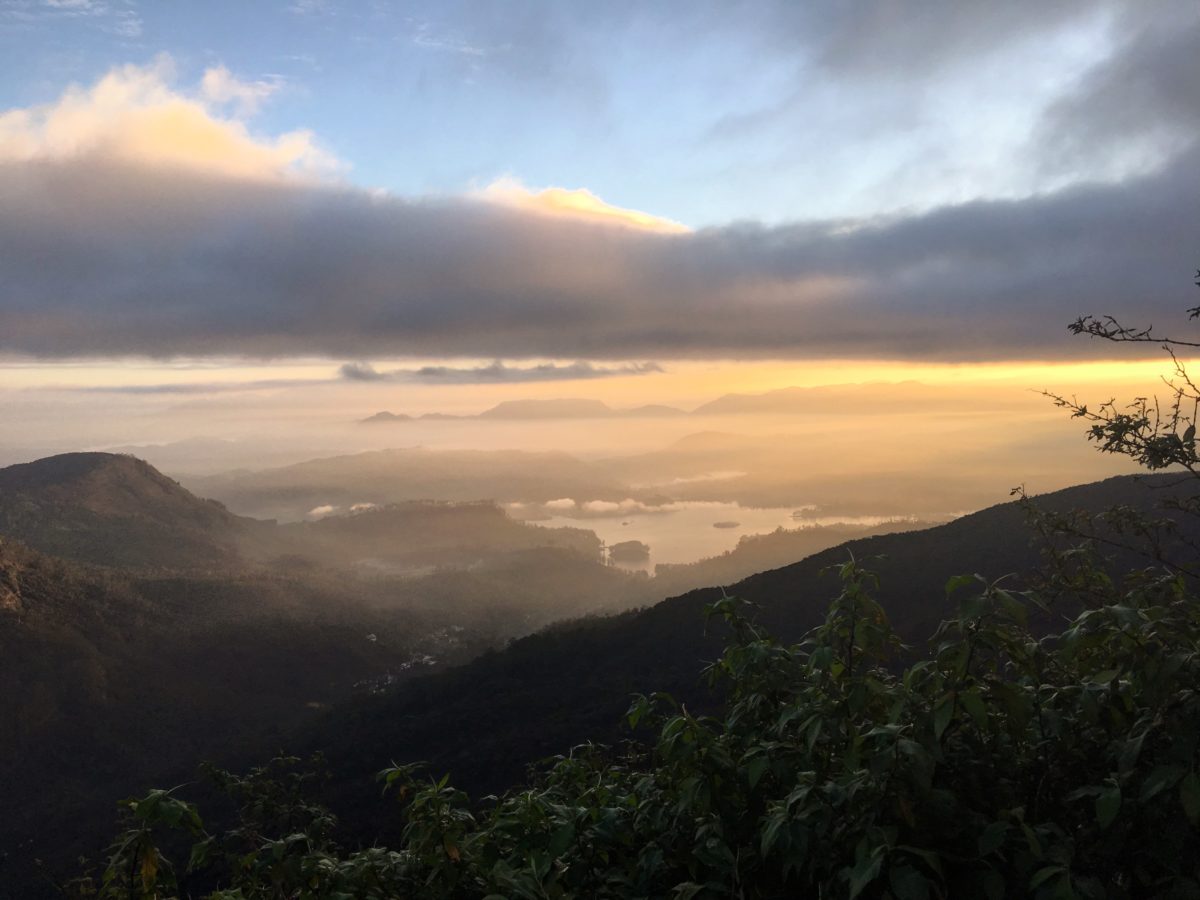
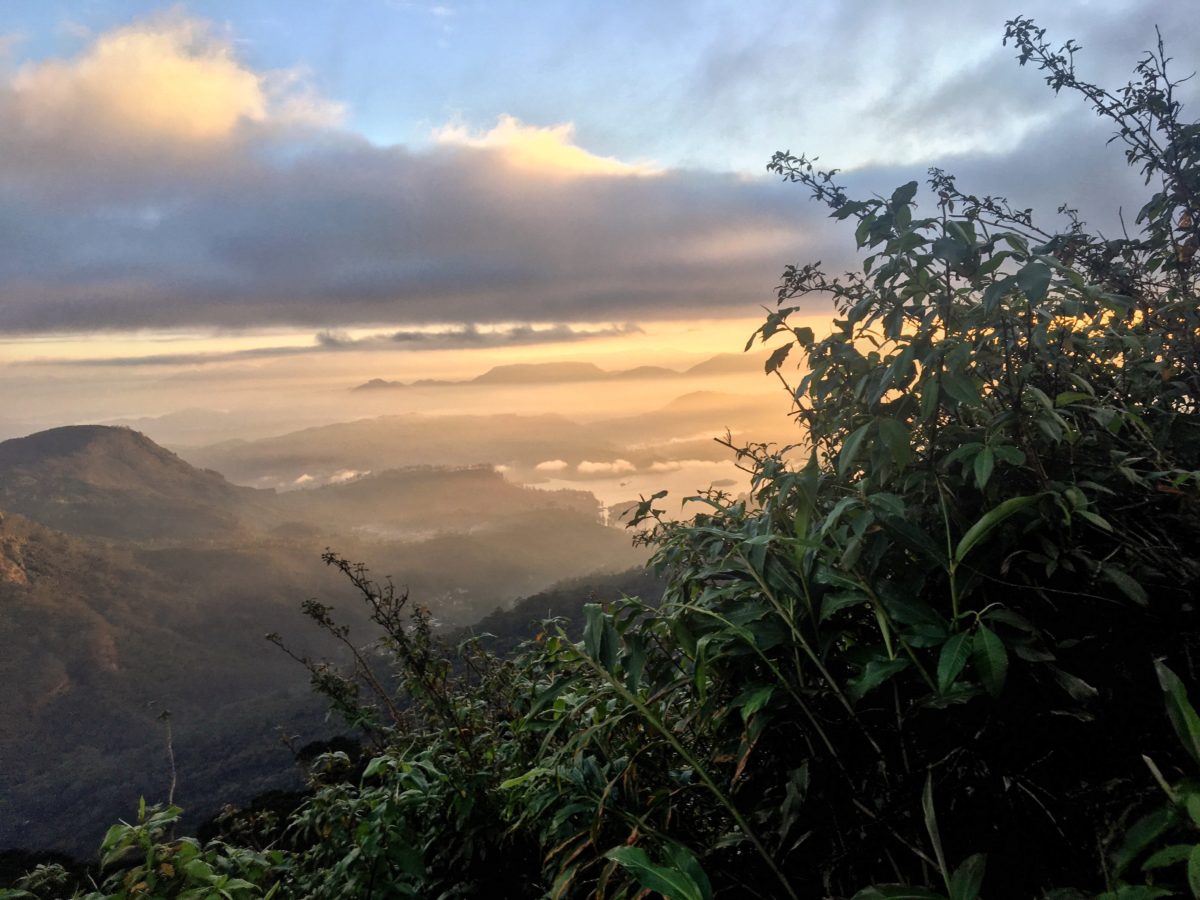
The descent of the concrete stairs is, almost, a more aerial step. In the distance, we can see the stupa, that immaculately white Buddhist architectural structure that reminds us of where we started from. The return journey is still long, the stomach is looking forward to a good breakfast at the hostel. We also discover that the end of the journey takes place on the slopes covered with tea plantations.

We are particularly happy to meet the adorable puppy, who we saw a few hours earlier, and spend a few minutes playing with him.



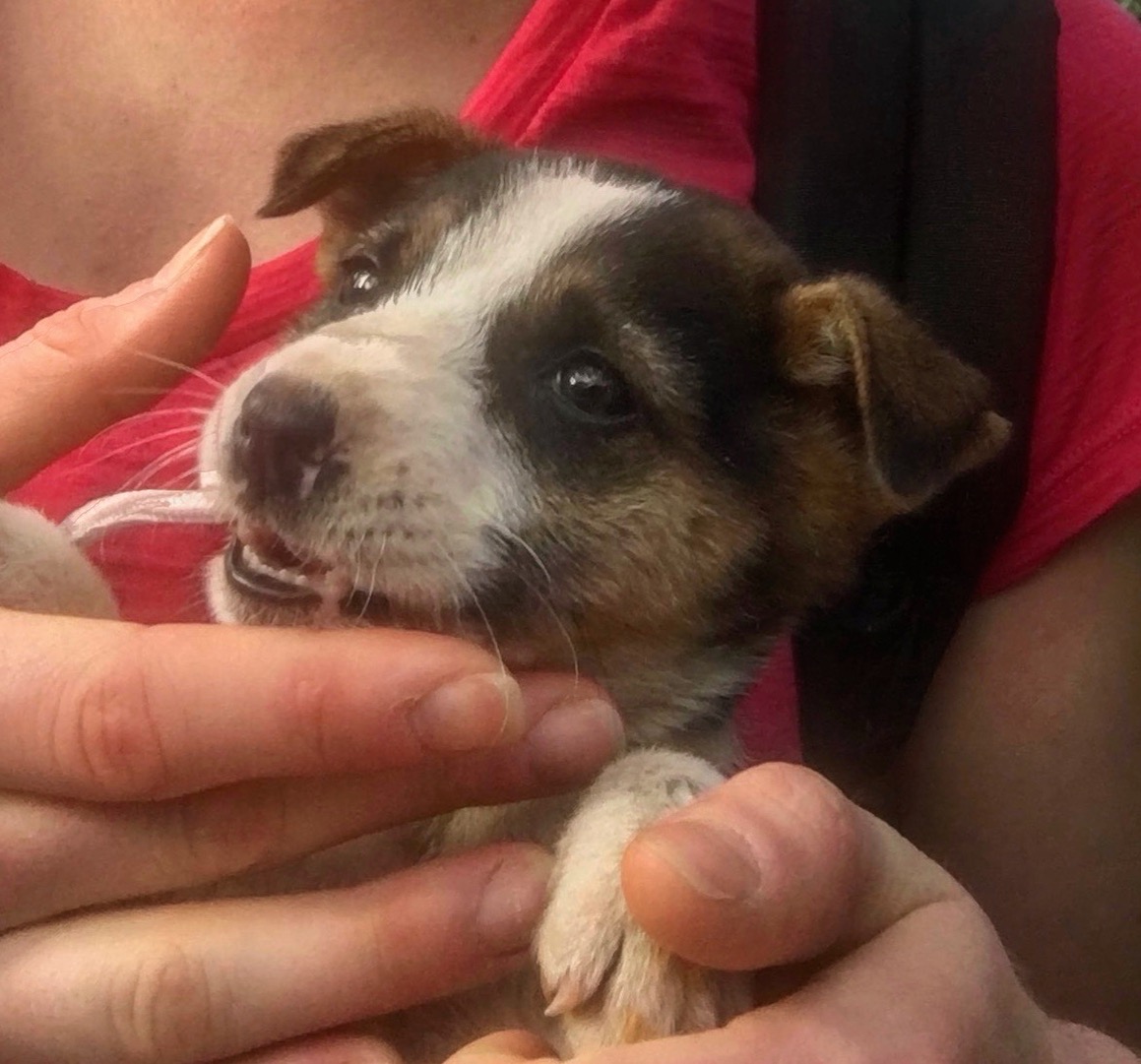
The monkeys are also at the finish line, sitting nonchalantly on signs or telephone wires.

Legs wobbling, we finally arrive at our hotel in Dalhousie where a good, well-deserved breakfast awaits us. Thus, the ascent of Adam’s Peak, beyond the physical effort, remains a somewhat mystical and incredible experience.
Proud of our ascent, we still say that we did not expect such a challenge. In fact, we are quite happy to find our nice driver Nimal right afterwards, to drive us to our next stage and to rest in the car without having to run around to get to our next destination, the British Nuwara Eliya.
During the day, on our way back down from Dalhousie, we get a closer look at the majestic landscape that we had seen earlier at the top of Adam’s Peak. We cross the Maskeliya Reservoir Dam to discover new beauties of Sri Lanka, in the central mountains, among the surprising tea plantations. Plantations that we will discover more in-depth in Ella.
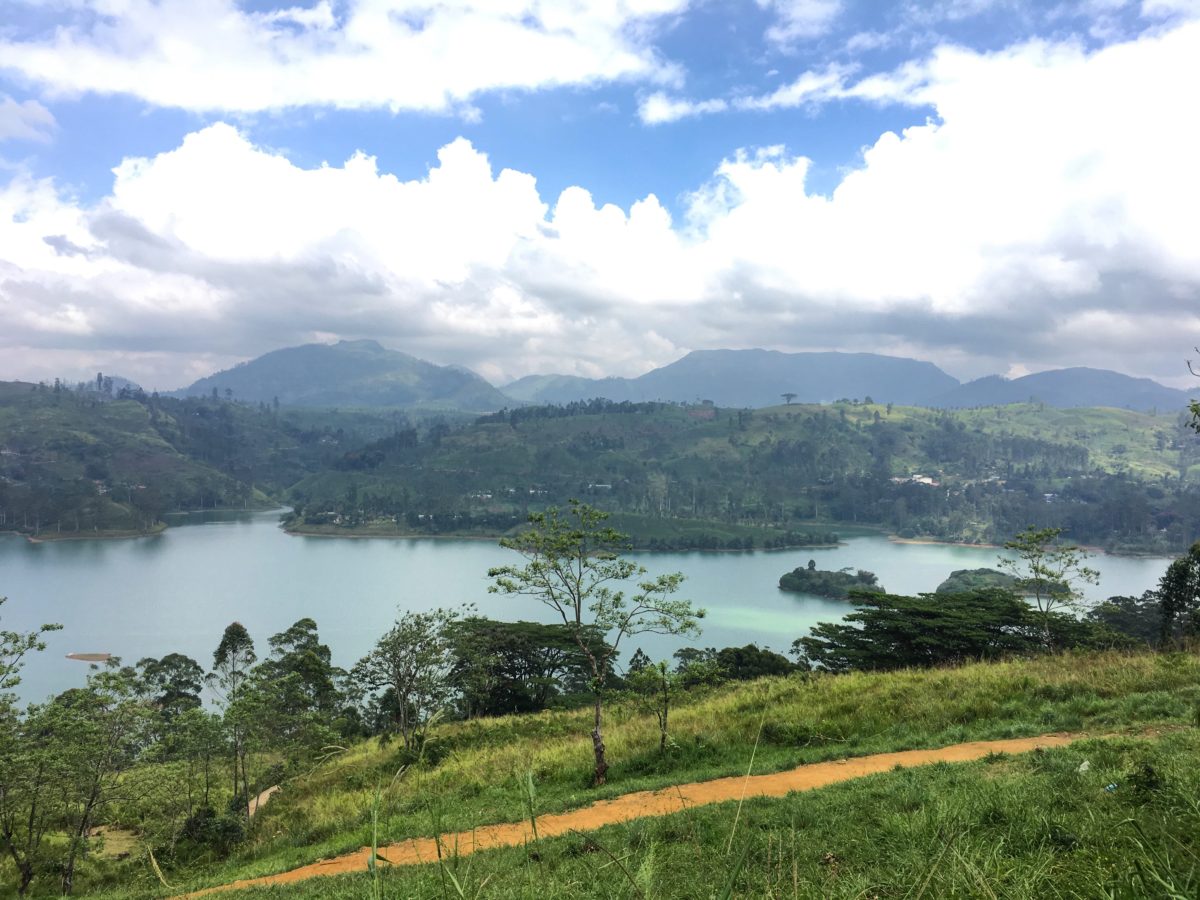
Adam’s Peak’s practical information
HOW TO GET TO ADAM’S PEAK?
Since we had our private driver at our disposal during the first week of our trip, it was natural that he took us to Nallathanniya, the closest village to spend the night before the climb.
Many people come by bus or tuk-tuk from Hatton (still 35 km from the summit), which is the closest station served by train from Kandy or Ella.
WHERE TO SLEEP AT ADAM’S PEAK?
In Nallathanniya there are many types of accommodation. We had chosen Daddy’s Guest Home by Booking, whose comments and value for money made us want to stay there. We slept well there, the staff are friendly, and the location is ideal, however, we are clearly not sure how fresh the food was the night before the climb to the hotel restaurant. I strongly recommend booking accommodation in advance, as we had changed our itinerary on the spot and only a few rooms were still available at this time of year (end of December).
WHAT IS THE BEST SEASON TO MAKE THE ASCENT?
Depending on the weather conditions, it is advisable to make this excursion between December and April, i.e. during the high tourist season. As a result, many people will attempt the climb during this period, which is why it is also best to avoid going at weekends, as locals also have more time to come.
We did the climb on a Friday morning at the end of December, the 29th to be precise, and even at the end of the week, we met a lot of people on the climb of Adam’s Peak.
OTHER POSSIBILITY OF ASCENT
The climb can also be done from Ratnapura, or from the other side of the mountain. However, it is much rarer to take this route because the path is supposedly more difficult and tiring than the one taken. On the other hand, you would come across less people and nature is, according to the guide du Routard, wilder.
DEPARTURE TIME
We recommend 2 am if, as with the position of our hotel, you are ideally located. Depending on the season, the sun rises at around 5.30-6.00, so you have plenty of time to get there.
TIME OF ASCENT
It depends on everyone and also on the number of pilgrims! However, it is necessary to count 14 km for the return journey and between 2:30 and 4:30 hours of ascent (3:30 hours for us).
DIFFICULTY
High, we clearly did not expect this challenge. For a few days, our legs were heavy, and our knees were sore.
Elevation
Approx. 1,000 metres
MATERIALS
The path is signposted and illuminated during the tourist season. Bring warm clothing for the summit, where the air is clearly cooler!
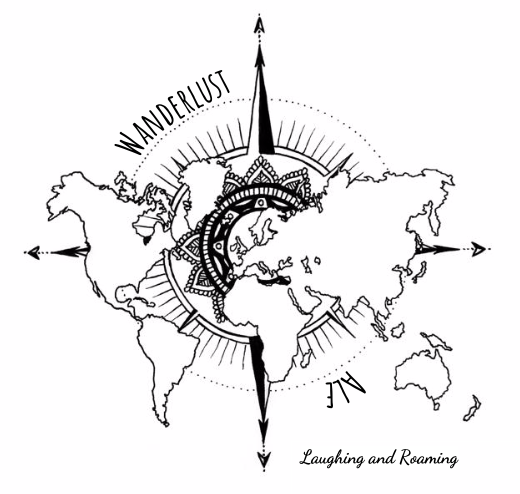
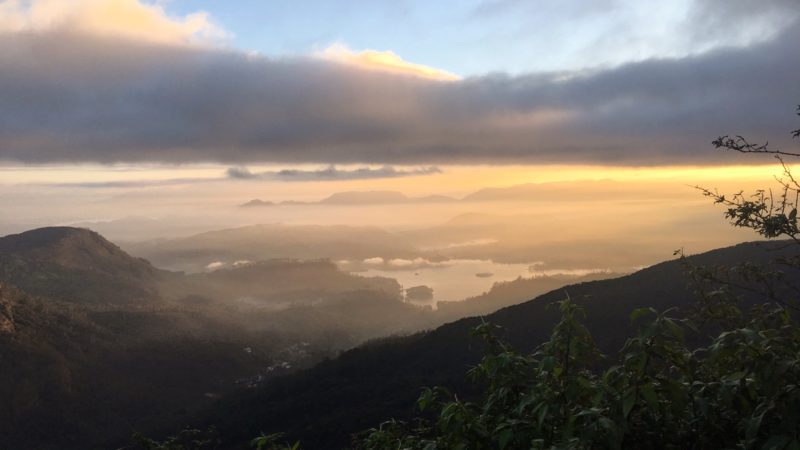
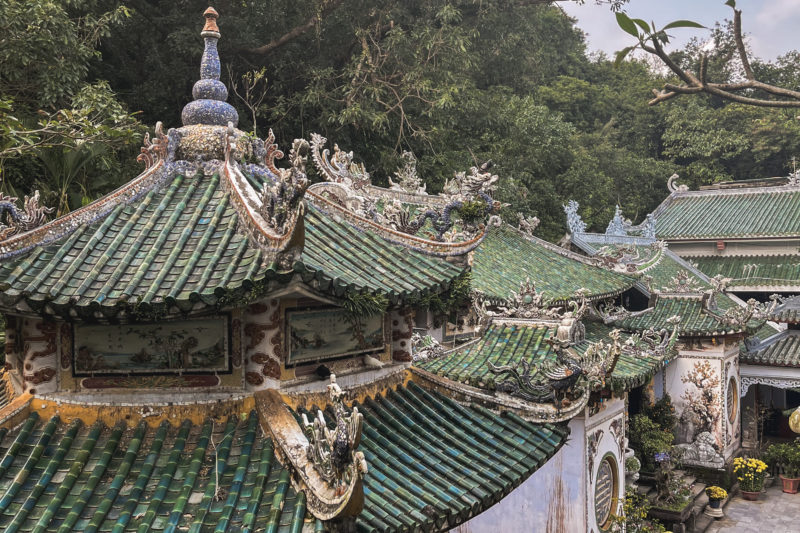
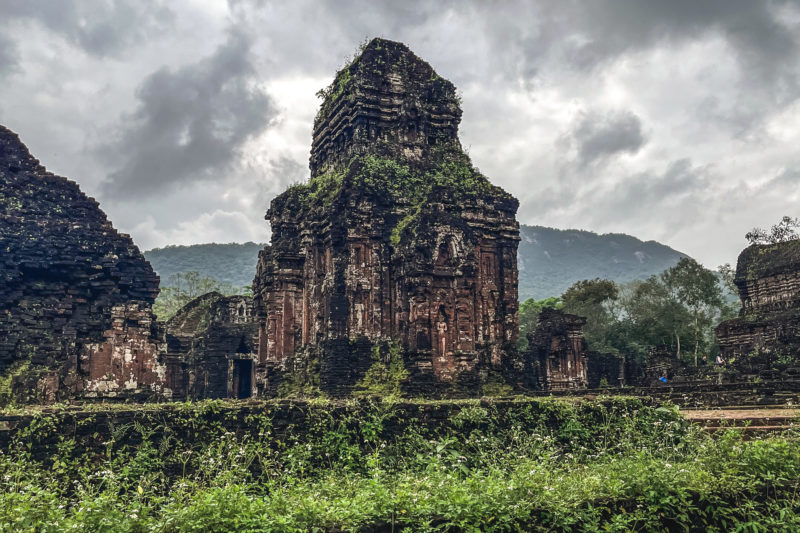
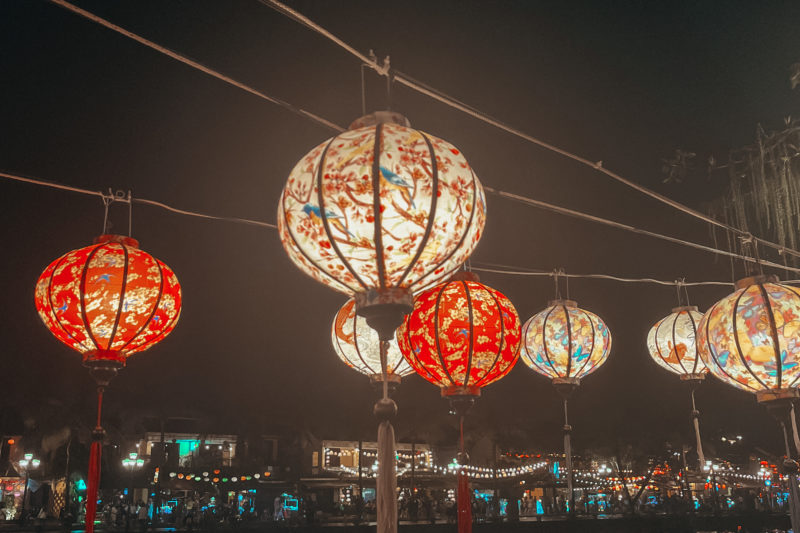
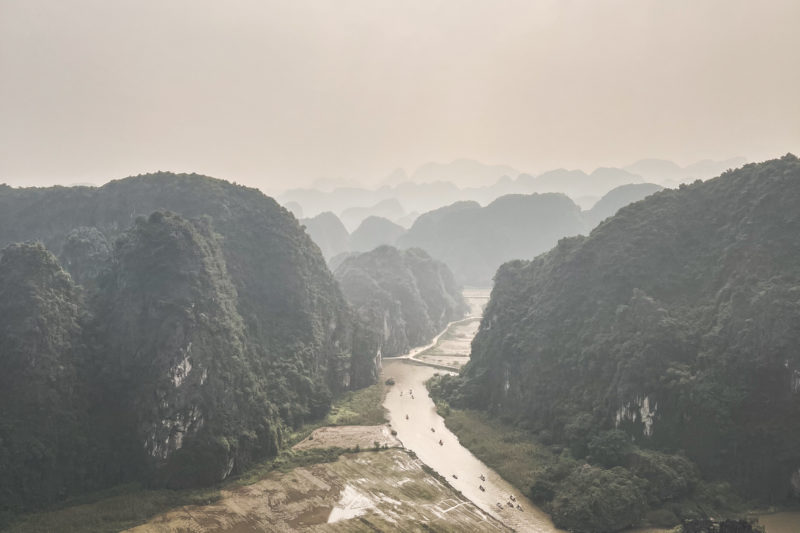
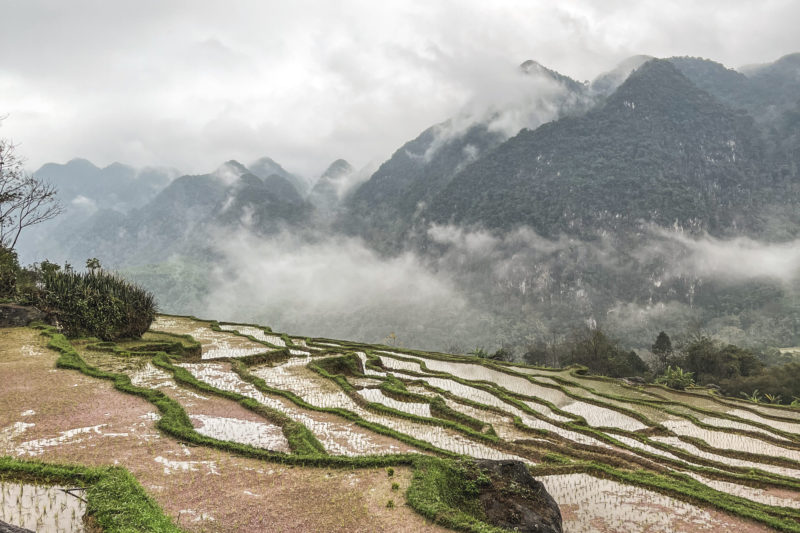
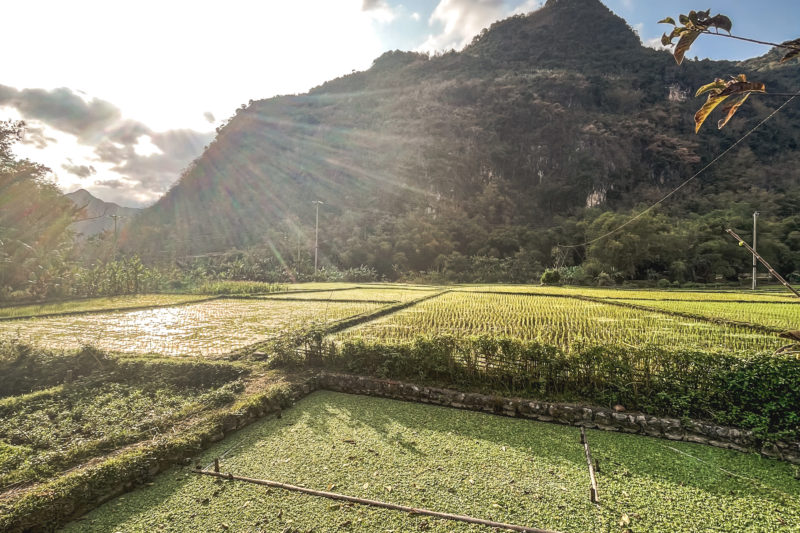
Great write-up and excellent photographs! Adam’s Peak is a wonderful place. The mountain puppies are so charming, no? I lived there for a full pilgrimage season in 2016. If you’re interested in an academic account of Adam’s Peak that blends history with anthropology, my book about the mountain has just been published: https://cup.columbia.edu/book/mountain-at-a-center-of-the-world/9780231210614